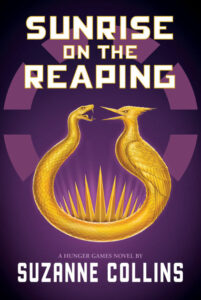By Emma Conlon ’25
It’s that time of year again, the month when stores stock up on everything red and pink and love is in the air. As Valentine’s Day is around the corner, stores have been full of red and pink hearts, oversized teddy bears with bows, and an endless supply of milk chocolate. Walking into a store without seeing red hearts is practically impossible during the month of February. On average, Americans spend roughly $21.8 billion dollars on Valentine’s day each year. Cheaply made, mass produced gifts are being churned out at record high numbers in order to meet demands. Although this may seem negative, it can also be positive, because without consumerist culture, Valentine’s Day as well would not even exist. The holiday itself isn’t historically relevant, and the exact origin of the day is unknown. Many people believe it to be the anniversary of St. Valentine’s death. One legend in particular says that the patron saint was a priest in Rome during a time when marriage for young men was outlawed so they could become soldiers. However, St. Valentine saw this as unfair and continued to perform marriage ceremonies in private. Due to his unlawful acts, he was sentenced to death and beheaded. Despite certain holidays being ruined because of overconsumption, some, such as St. Patrick’s Day, are thriving. I mean, what would it be like without leprechauns, tacky green t-shirts, and pots of gold?
The question is, is Valentine’s Day thriving? I believe it is. Whether you agree with me or not, you have to admit that the world is better when it’s coated in shades of pink and giant fluffy teddy bears. Although many people don’t know the history, today, we view Valentine’s Day as an opportunity to tell someone you love them. A fun way to do that this year is by purchasing faux flowers from the freshmen class next week during lunch. Look for a sign that says “Valentine roses” in the Cafeteria and help support BHS, while also adding to fun traditions, which is what keeps this romantic holiday alive. Valentine’s Day may very well be a consumerist holiday lacking in historical value, but every year it can be sort of exciting to see the world decorated with rose petals and boxes of chocolates.


